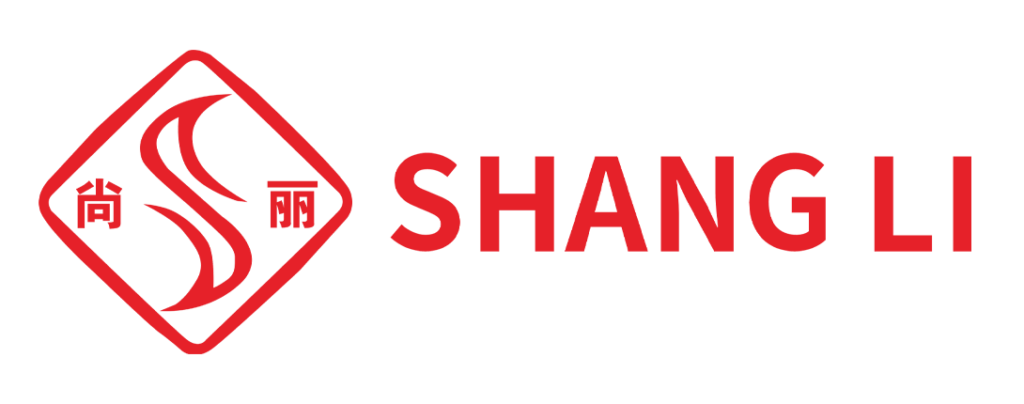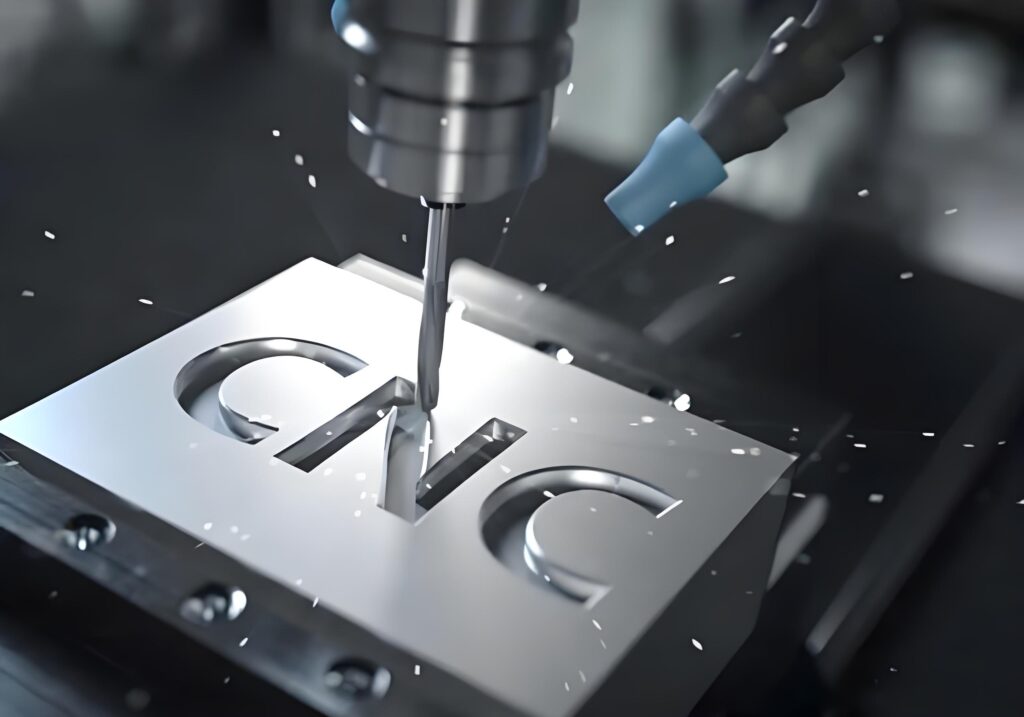In today’s fiercely competitive market, businesses are constantly seeking ways to reduce costs and improve product competitiveness. Aluminum enclosures play a unique and vital role in achieving these goals.
I. Superior Processability: Streamlining Production
Aluminum exhibits excellent machinability compared to other metals, allowing for efficient cutting, stamping, bending, and drilling. This enables manufacturers to adopt high-efficiency processing techniques, reducing production time and equipment wear, thereby lowering costs. For example, complex-shaped aluminum enclosures can be formed in a single stamping operation, minimizing post-processing steps. This boosts productivity while reducing labor and energy expenses.
II. Lightweight Design: Cutting Transportation and Usage Costs
The low density of aluminum makes aluminum enclosures significantly lighter than alternatives like steel. For transport-heavy products (e.g., electronics, instruments), reduced weight translates to lower shipping costs. Over time, lighter products also decrease wear-and-tear-related energy consumption. For instance, lighter mobile devices consume less battery power, indirectly saving usage costs. Additionally, reduced product weight allows for optimized packaging, minimizing material use and costs.
III. Durability: Lowering Lifecycle Costs
Aluminum enclosures offer exceptional strength and corrosion resistance, ensuring long-term performance in diverse environments. This durability reduces the frequency of repairs or replacements, cutting after-sales maintenance and part replacement costs. For example, outdoor surveillance equipment with aluminum enclosures withstands rain, wind, and UV exposure, extending device lifespan and avoiding frequent外壳更换 expenses.
IV. Aesthetic Appeal and Customization: Boosting Market Appeal
Surface treatments like anodizing, sandblasting, and brushing enable aluminum enclosures to achieve sleek, high-end finishes. Businesses can tailor designs to align with market trends and consumer preferences, creating visually distinctive products that attract attention.
- Customization further enhances brand identity. Logos, functional markings, or unique textures can be added to aluminum enclosures, improving brand recognition and user experience, setting products apart in crowded markets.
V. Recyclability: Supporting Sustainability and Cost Efficiency
Aluminum is fully recyclable. Post-consumer aluminum enclosures can be reclaimed and reprocessed, aligning with circular economy principles while generating economic benefits. Recycling aluminum resources requires less energy and cost compared to primary production, allowing businesses to reuse materials for new enclosures or products. This reduces raw material procurement costs, strengthens sustainability credentials, and appeals to environmentally conscious consumers.
Conclusion
With advantages like machinability, lightweight design, durability, aesthetic flexibility, and recyclability, aluminum enclosures effectively help businesses reduce costs and enhance product competitiveness. By leveraging these benefits, companies can make smarter choices in product design and manufacturing, securing a stronger position in today’s dynamic market.


